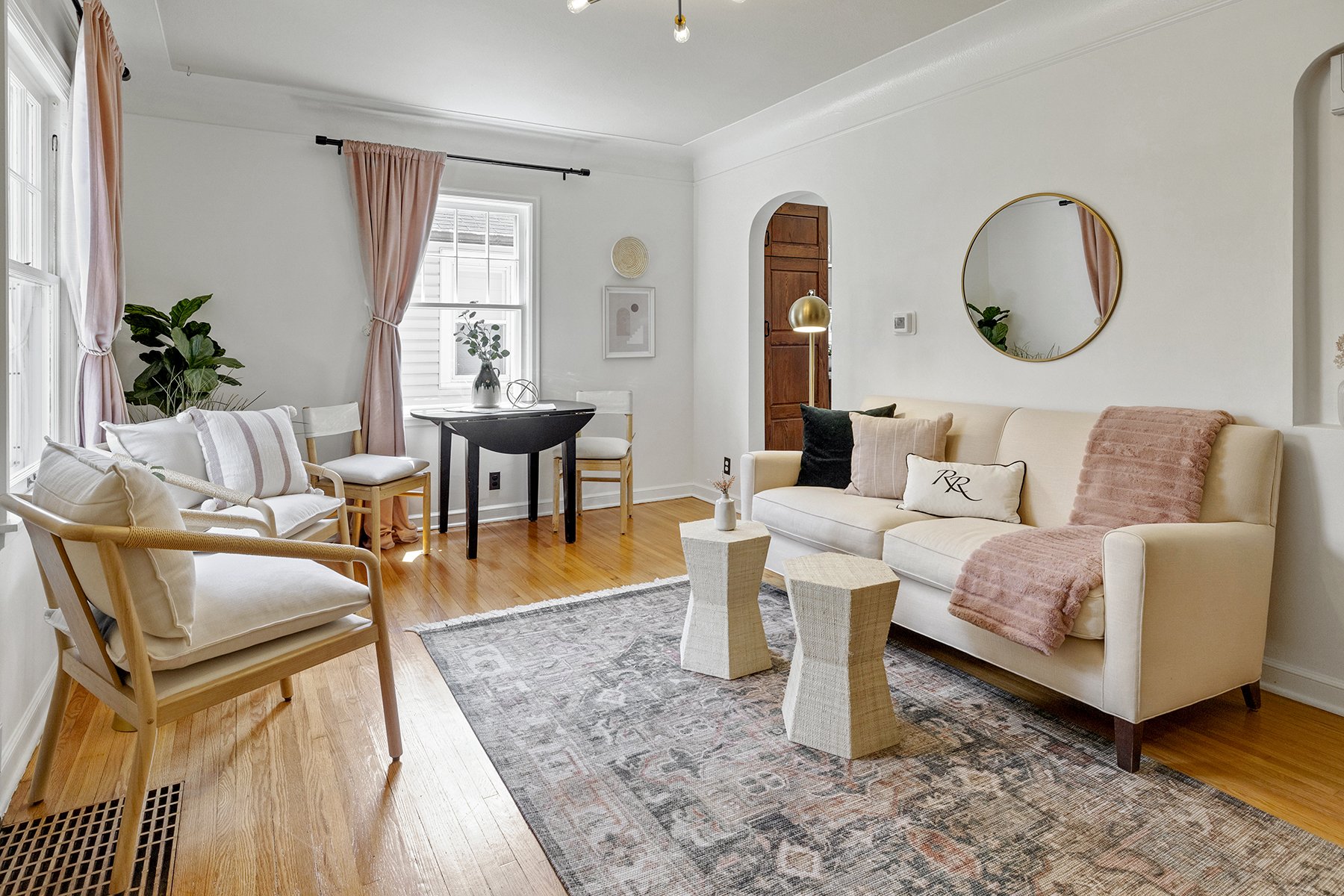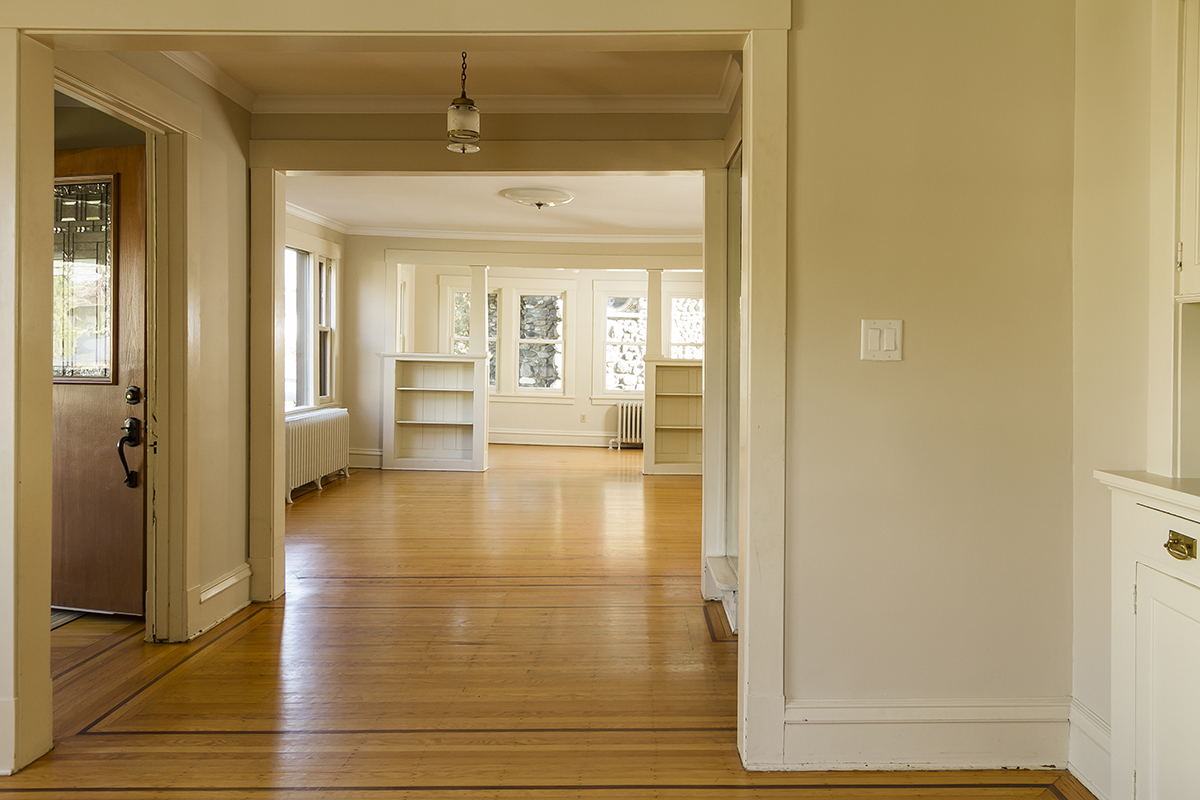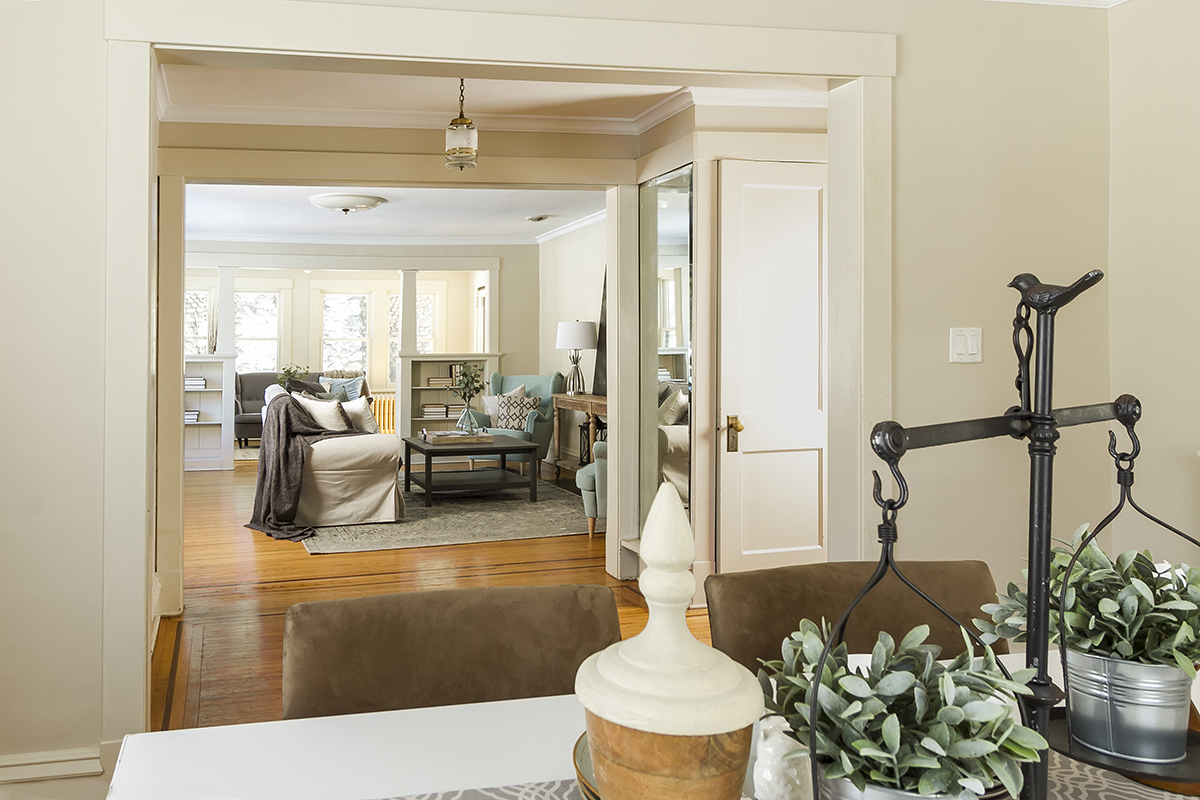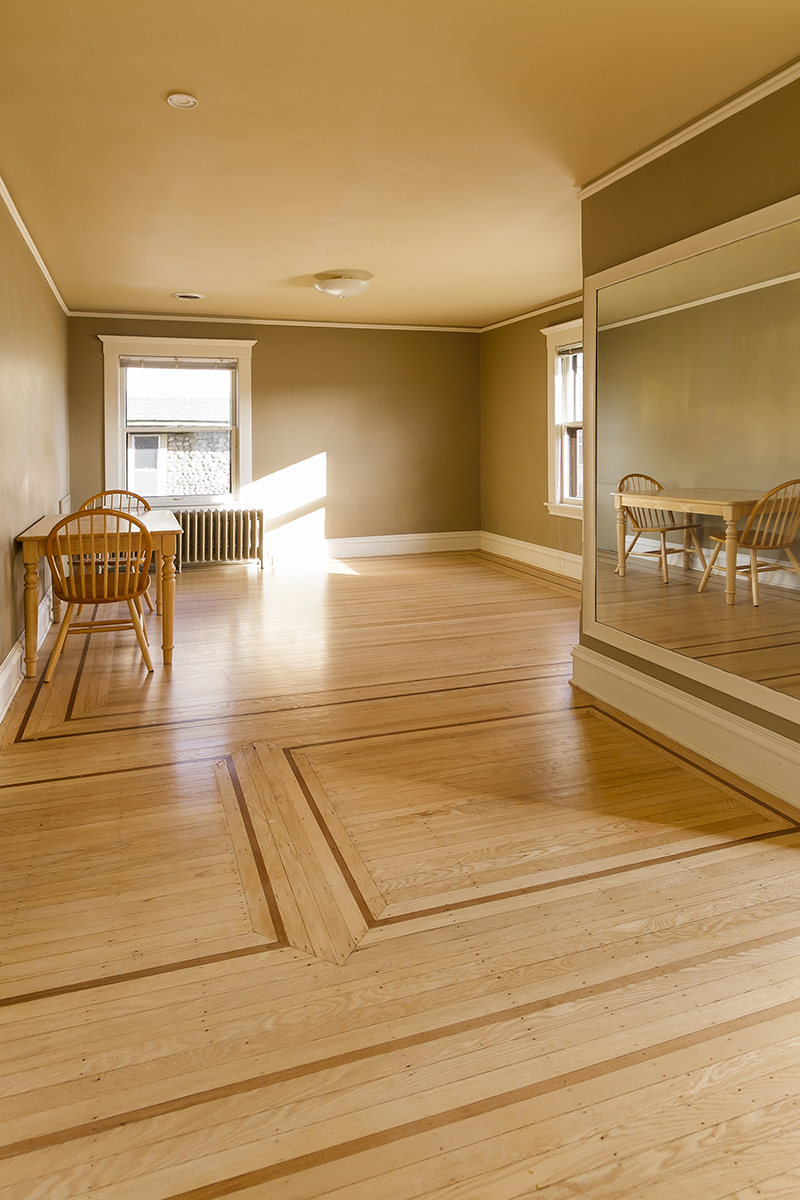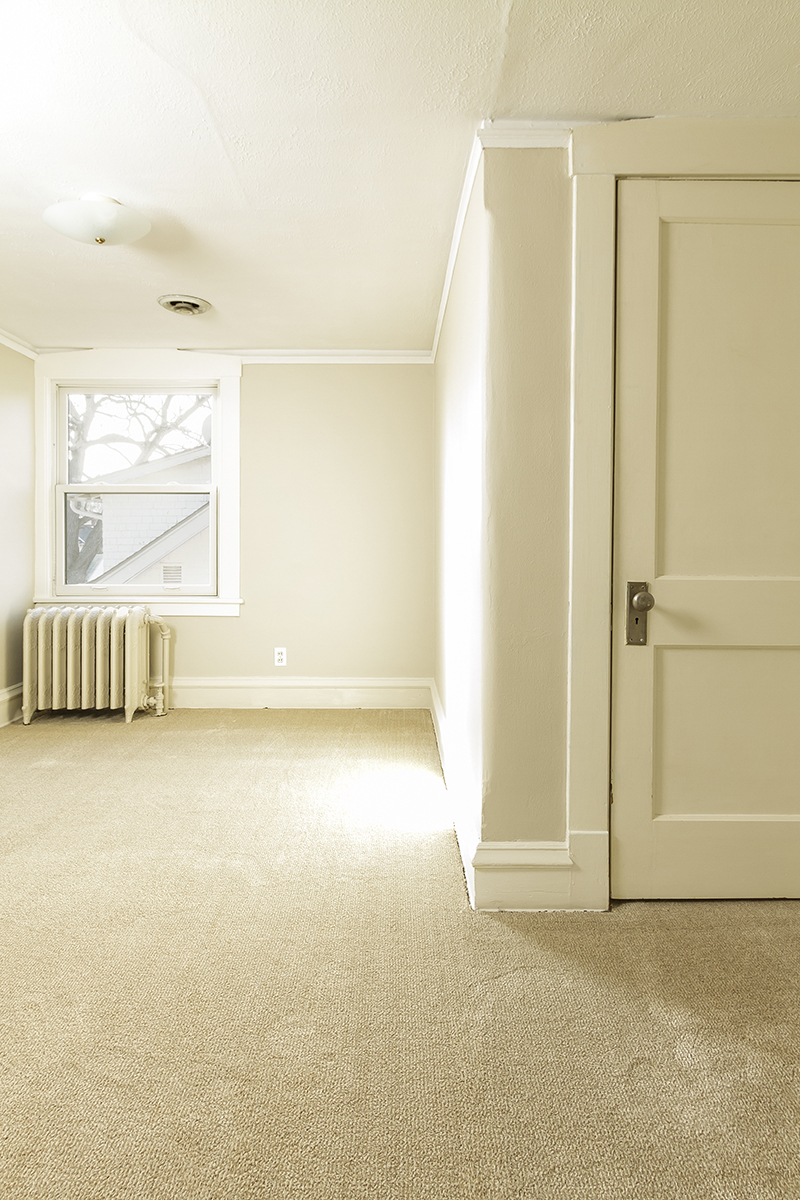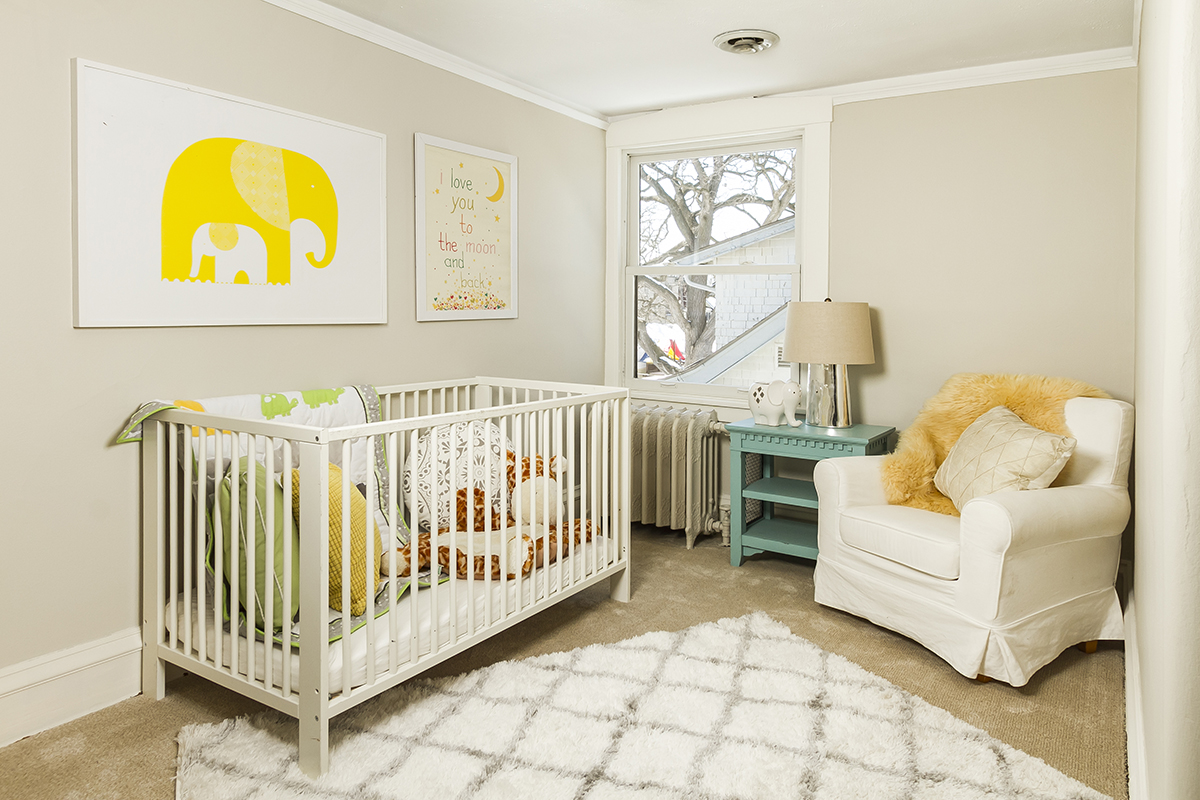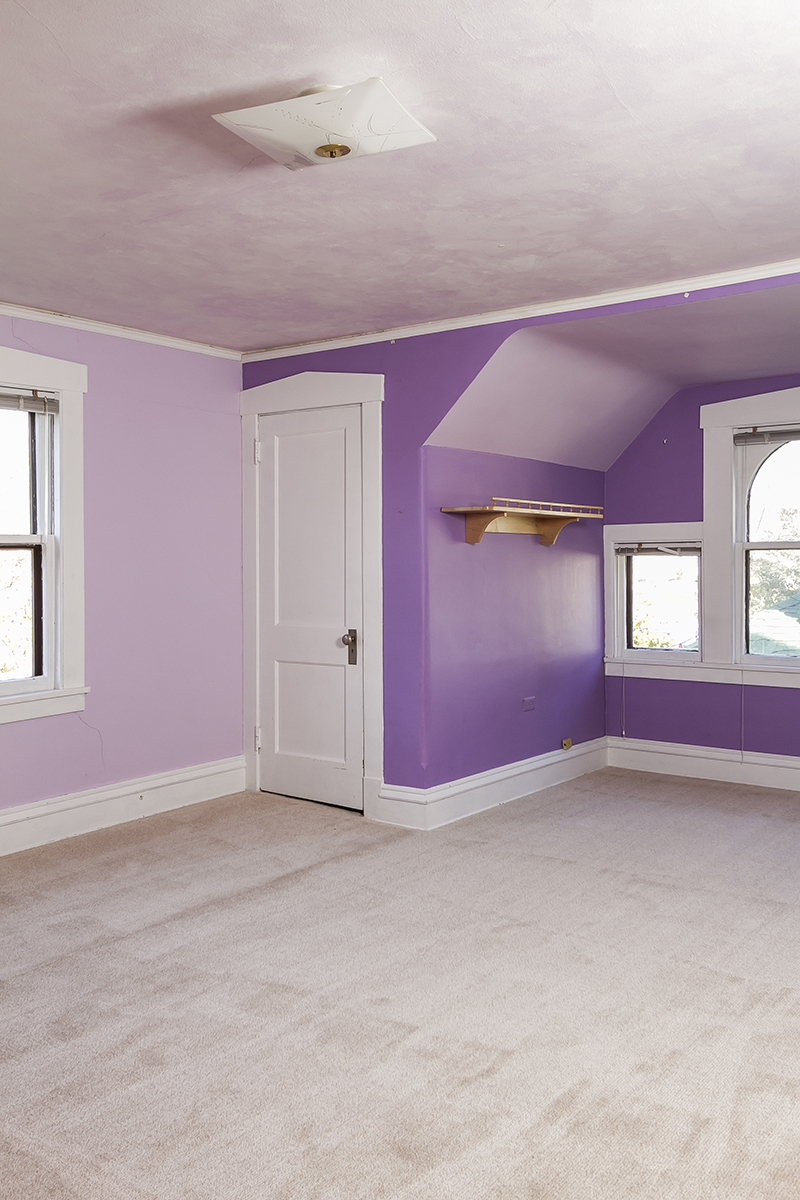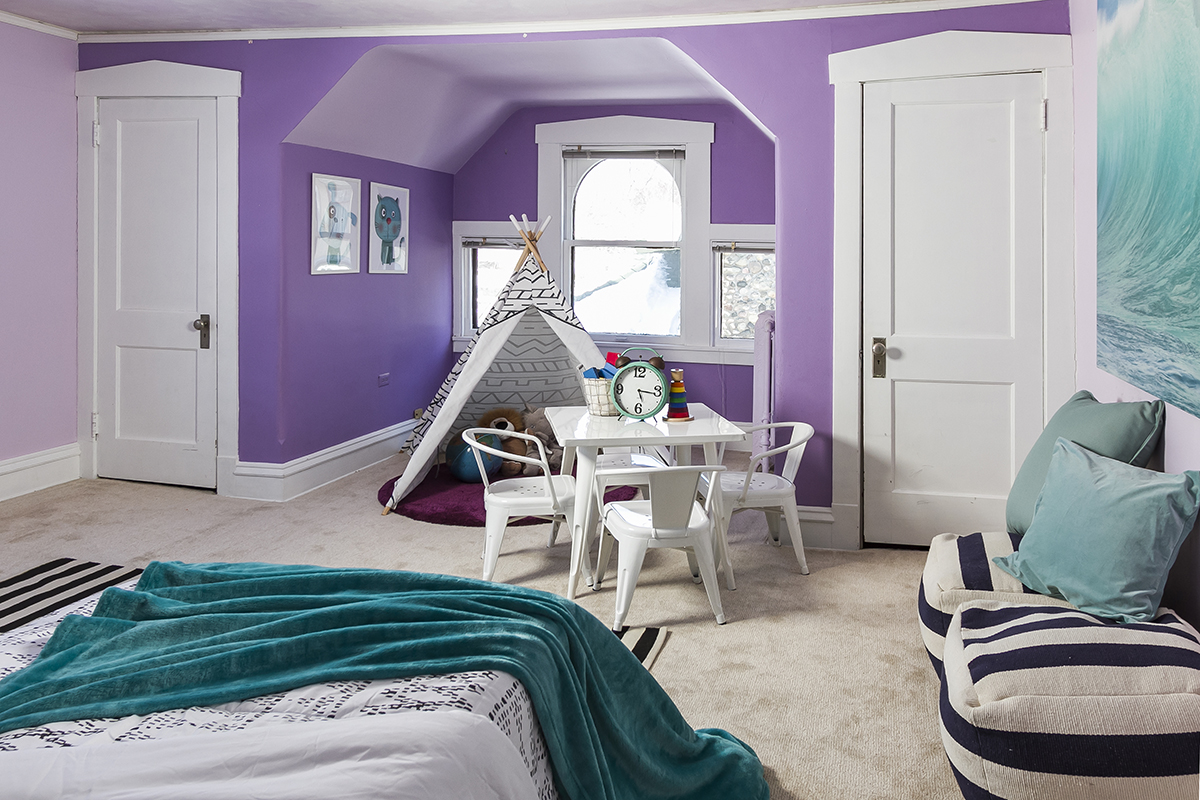Is it best to move out before listing a home for sale?
Good question! I get asked this frequently and my answer depends on my client’s individual situation. The process of preparing a home for sale can feel overwhelming at first, especially if you have years or decades of accumulated stuff to sort, pack and move. If this is the case, I always suggest planning far in advance — several months or even a year or more depending on the size of your move and work/life obligations. Once you begin planning, you may start to wonder how far you should go in paring down. Is it better to move out all the way before listing? It depends. Moving out prior to listing may not be realistic for many homesellers. Below are common considerations and potential scenarios for helping you decide what’s best for you.
Stay Put
When deciding on what to purge and pack, consider who will be walking through your home, and when. Once your property is listed for sale, buyers and their agents will begin touring it, typically through private showings. Buyers’ agents will request showings and you as the seller may approve or deny their requests. Of course you will want as many potential buyers as possible to visit so being flexible and accommodating is ideal. Buyers and their agents expect to tour homes without sellers present. Doing so gives them privacy and space to talk freely among themselves and to imagine possibilities for making space their own. So if you plan to live in your home while it’s listed for sale, plan to vacate during showing times which typically last 30-60 minutes.
Before each showing, I recommend cleaning and straightening as much as possible. Aim for matching the condition depicted in the listing photos — no dirty dishes, wet towels on bathroom floors, unmade beds, etc. Since most people don’t live in picture perfect spaces this can sometimes be a challenge, especially if kids and/or pets are involved. If you choose to stay put, setting household expectations and staying organized will help.
Vacation or Staycation
The flurry of buyer activity usually happens right out of the gate. The first several days on the market often generate the most traffic, especially in an active market (think spring in Minnesota!) If you plan to stay in your home but want to avoid the new listing buzz, consider a vacation or staycation. I often see sellers plan weekend trips around the list date to avoid the initial deluge of showing requests.
Partial Move
Moving out, or mostly out, ahead of time can help alleviate the disruption and displacement during showing hours. If you plan to move out but have flexibility with furnishings, consider a partial move, leaving key pieces and moving the rest. Ideally, a marketed property should feel like a home, with at least some furnishings. Vacant rooms just aren’t cozy. They also leave little for a photographer to shoot. Furniture creates focal points which in turn produce more captivating images. And with 100% of buyers beginning their search online, attention-grabbing images are a must.
Partial Stage
If a partial move-out is possible, consider hiring a professional stager to fill in the rest. Depending on the condition and style of your furniture, you may want to hold off on moving larger items. Anchor pieces like beds, couches and dining sets help buyers envision scale and how a space may be used. These larger pieces are part of the equation; pillows, throws, plants, art, etc. make up the rest. Many stagers offer some type of hybrid service to fill in the gaps using their own inventory while working with a seller’s existing furniture. When doing so, they can help you decide which pieces to keep and incorporate as they work to target your likely buyers. Keep in mind, staging is strategic marketing, not just decorating. A good stager will understand the market and work to attract a specific pool of buyers based on your price point, location and home style.
Partially Staged: Seller’s dining room set combined with stager’s art, plants, etc.
Full Move
If your timeline necessitates a full move-out you could either photograph your home as a vacant property or consider full staging. Vacant room photos are not as eye-catching of course but sometimes this is the only viable option.
Stage
If you opt for staging a vacant home, you have choices. Vacant home staging most often includes furnishing just the main living area, primary bedroom, kitchen and bathrooms, but covering the whole-house is always an option for an additional cost. Staging services typically include a set-up fee and a couple of months rental. Fee structures vary, as do style and quality of furniture, so it’s worth shopping around for the right fit.
A less common practice is virtually staging. It can be a more cost-effective way to create compelling photos but doesn’t necessarily enhance the buyers’ walkthrough experience.
Vacant home BEFORE staging
Vacant home AFTER staging
Clear Clutter
When planning your move, consider the end goal — closing day, or date of possession. You will need to be completely out of your home by then. Unless otherwise negotiated with the buyers, this means removal of all personal belongings and all debris.
A closing period is typically 30-45 days from the date the offer is signed and accepted and cash offers can close even sooner, within a week or two. So once your home hits the market, time could potentially fly. I recommend doing as much purging and moving as possible before listing — you’ll have to clean out your closets eventually, might as well do it before! Less is always more for buyers who will peek in every nook and cranny.
Sometimes a second set of eyes is helpful for seeing what needs clearing or keeping. I often do room-by-room walkthroughs with clients at the beginning stages to help determine which items to eliminate, especially larger pieces that may need to be donated or sold. In many cases, sellers were planning to get rid of stuff anyway and appreciate a green light to begin purging. Professional stagers work in a similar way. They create punch lists for sellers that include suggestions for specific paint colors, light fixture updates, and more.
Scenarios for selling are as varied as the homes and lives of the people living in them. Once you’ve made the decision to move, don’t be afraid to ask for assistance — family, friends and professionals can be invaluable for smoothing out the process. We are here to help. Mobilizing to sell and move may seem daunting but it is certainly doable. I continue to be amazed by the effort, energy and perseverance of my clients who have made it happen.
Heidi Swanson is a Realtor® based in St. Paul, Minnesota. She writes to inform buyers and sellers on variety of topics including market conditions, tips for selling and buying, homeownership trends, and more. Reach her at heidi@lyndenrealty.com or 651-503-1540.
All posts are researched, written, and crafted by Heidi—not by AI. What you read here comes from her own experience, perspective, and care for her clients and community.






